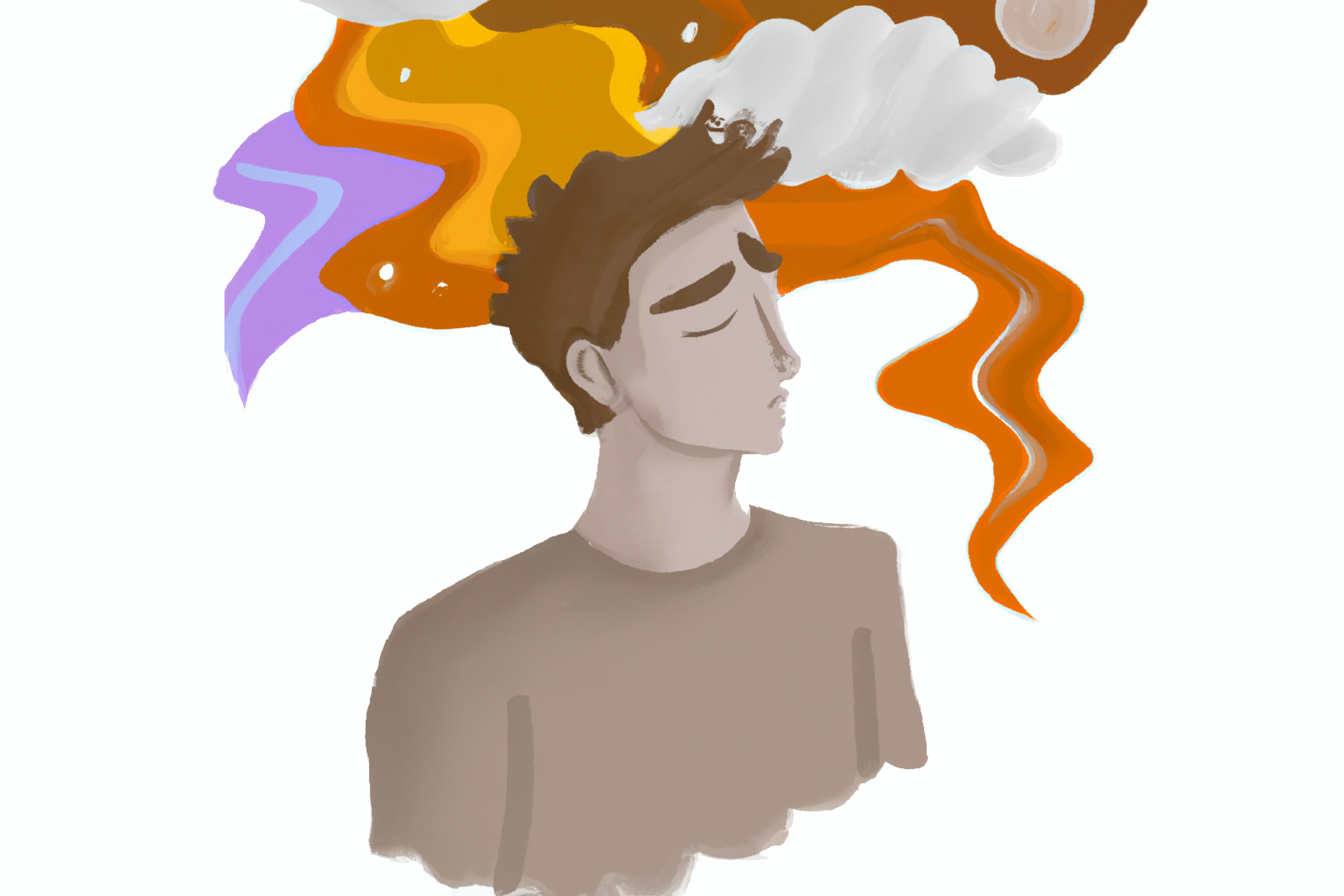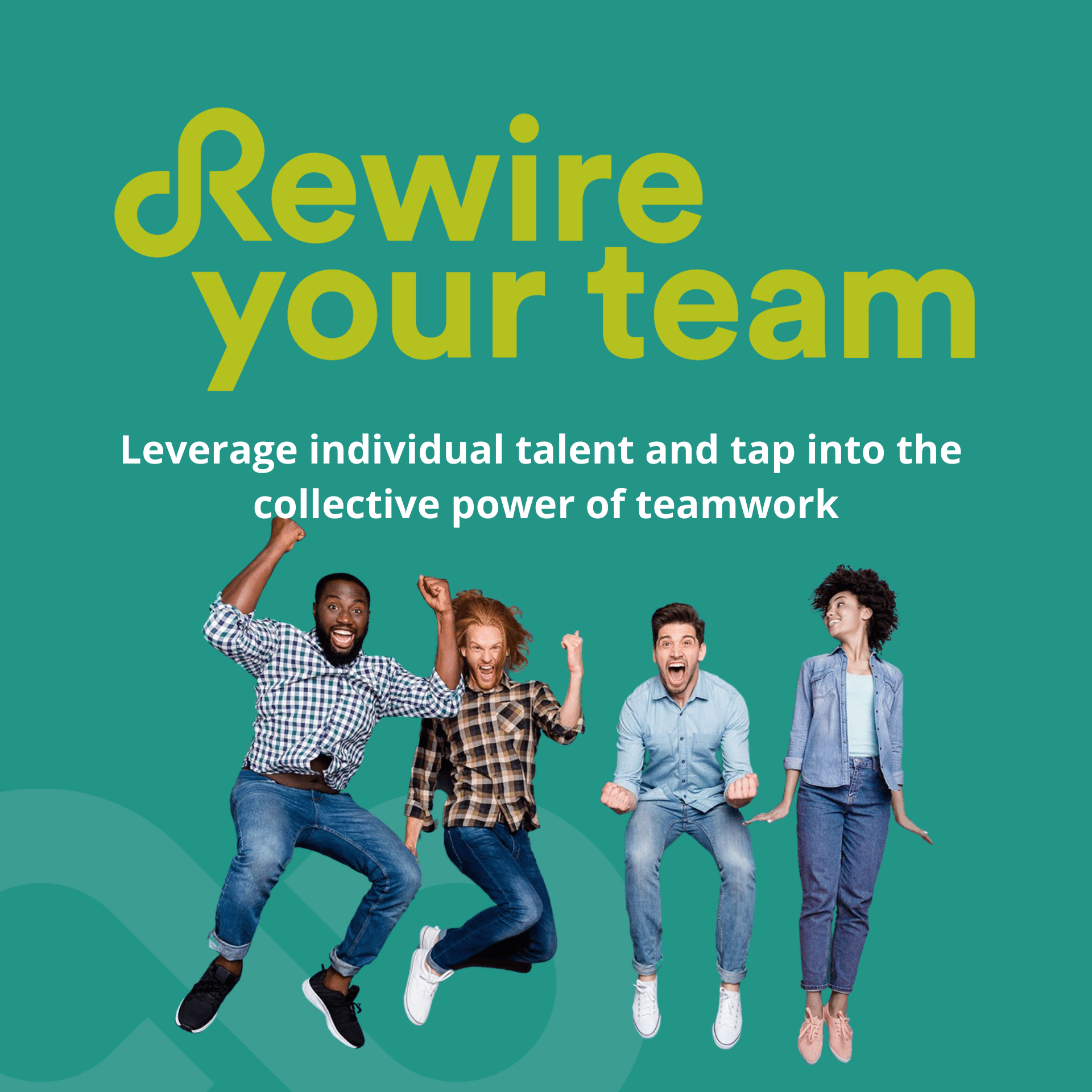
Headspace for Creativity
Janina was focusing intently on a tricky problem she was trying to solve. She saw a variety of challenges and knew there must be a fitting solution, but she just wasn’t finding it. She spent a couple of hours trying to come up with something but then she felt that exhausted her. She decided to take a break and go for a walk. It was a beautiful day out, and she let herself just breathe in the fresh air and daydream with the clouds a bit. After about 20 minutes, out of nowhere, a new idea hit her – she could clearly see an ideal solution!
One important function of our brain is to solve problems, create plans, focus attention and assert discipline, among other things. This brain function is also quite good at seeing the complexity of problems, but it is not the best at finding new, creative or innovative solutions. Creative solutions are more likely to happen when the brain is working at a different pace.
It may seem paradoxical, but to create the best conditions for new ideas, it’s useful to slow down, take a mental sidestep and focus on something else for a while.
You have probably experienced this when you had a great idea while doing one of these activities: driving, running, taking a shower, falling asleep or waking up, walking or doing some other task that didn’t require a lot of your attention. Some of us have our best ideas sitting in nature, a million miles from work!
This slower pace helps the brain engage in some unconscious wizardry.
Different brain states
The brain operates at different frequencies for different purposes.
The brain’s fastest operating frequency occurs in the beta state which we need when we solve problems and accomplish tasks. The slowest brainwaves happen in the delta state which occurs when we are sleeping. And the frequencies that are most conducive to creative thinking are the awake but slower frequency ranges known as alpha and theta states.
In these slower, more relaxed states, neurons may create connections across different brain regions. It compares different ideas and memories to see if they are related and should be connected. It considers old memories, ideas, designs, etc. and it may find disparate things that it tries to match up. Some of these matches or connections may be nonsensical, but sometimes they are ingenious.
You can’t guarantee that you will find new ideas, but you can certainly give your brain a chance by slowing down and letting your mind wander.
Create the better conditions for creativity
After focusing on a problem for a while, take a mental step back and try one of these activities for a while:
- Go out for a walk without focusing on your phone.
- Set aside or remove other distractions
- Participate in some other kind of exercise
- Meditate
- Take a nap
- Focus on some low effort activity (dare we suggest a cat video?)
- Clean the house
- Listen to some music (not all music works for this, you’ll have to find what works for your brain).
- Read a novel
- Watch a movie
As you engage in these other activities, just notice if new ideas arise. Don’t judge or dismiss them; just be curious about them. A random idea might just be the door to something new, different and ingenious.
Rewiring your Team

To help your teams become more creative together, talk to us about Rewiring your Team
more info